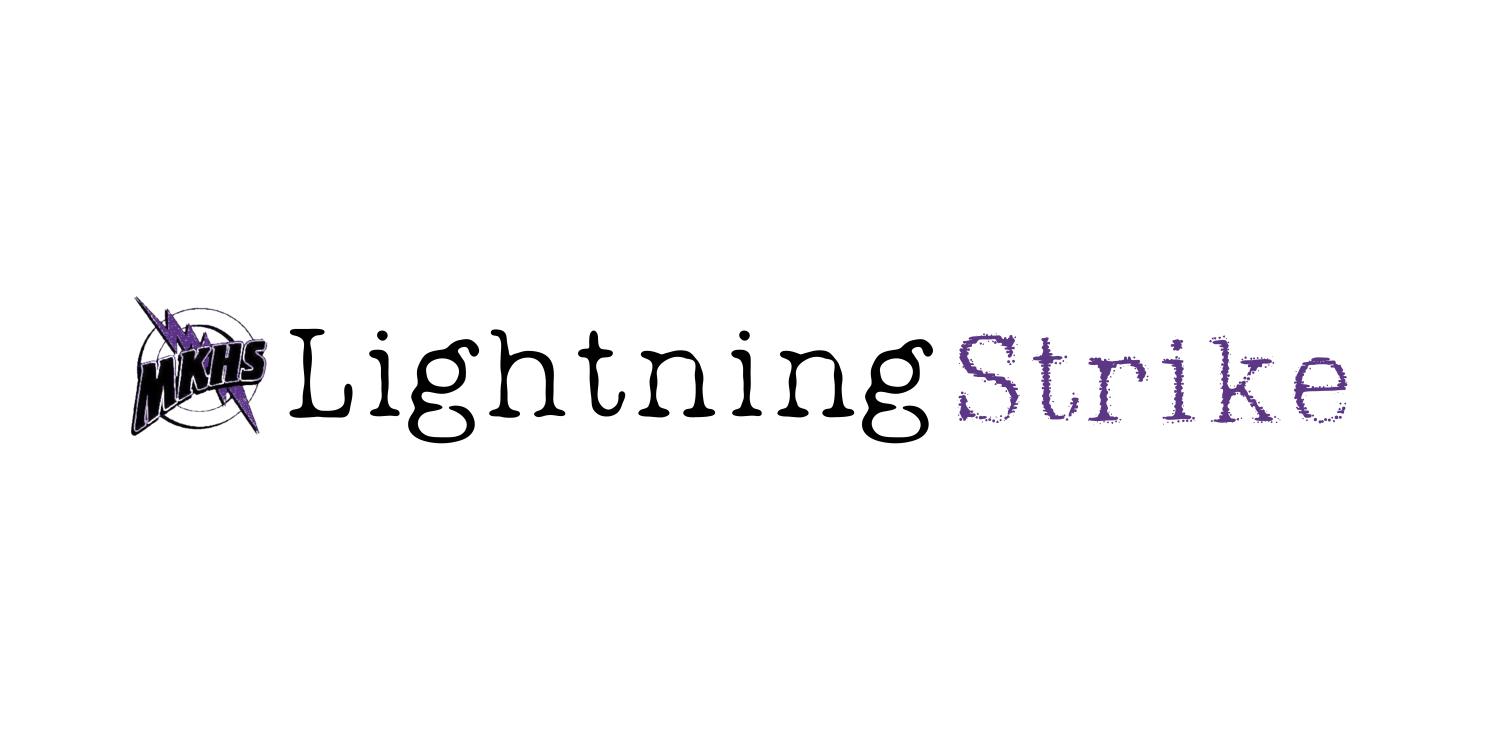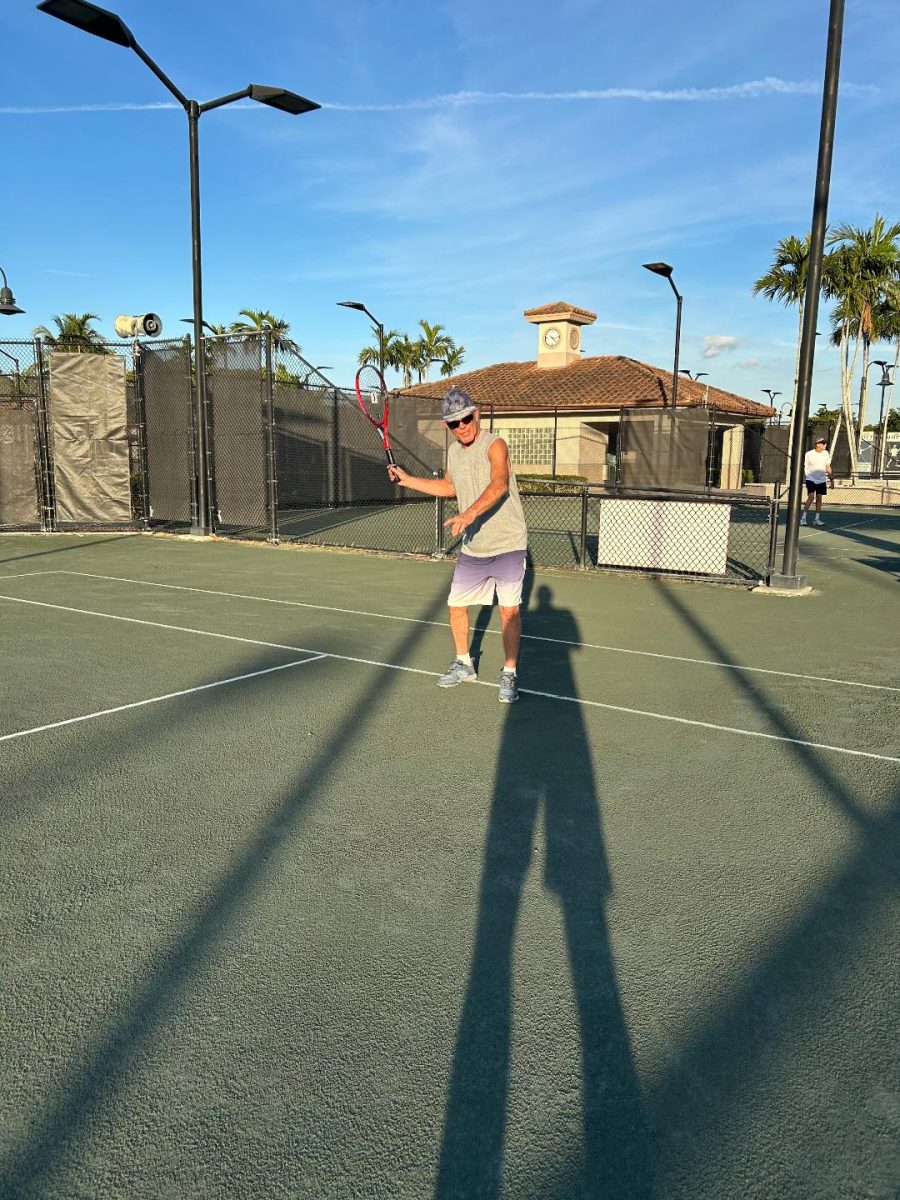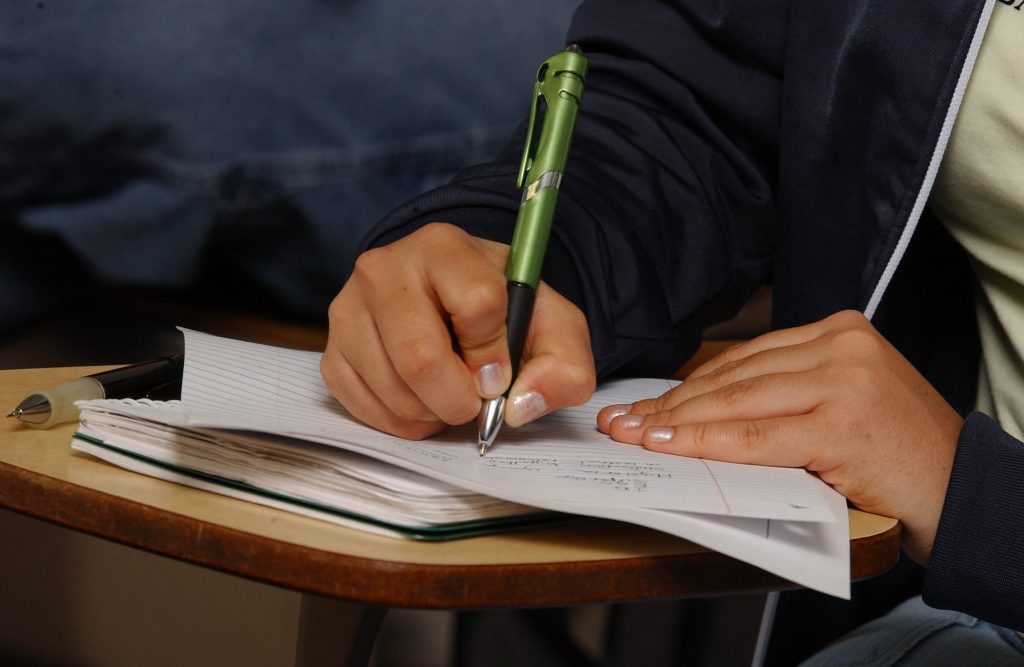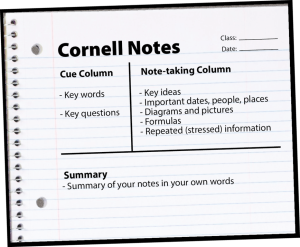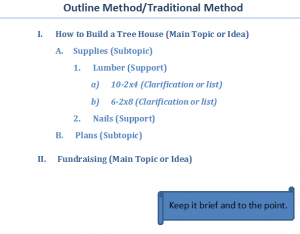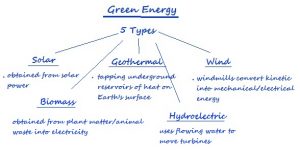In a world where the average person checks their cell phone 110 times a day, the art of taking handwritten notes has been lost. Students now reach more towards their laptops and tablets than the traditional pencil and paper, but a 2014 study by the University of California found the traditional route of taking handwritten notes to be more useful in the long run.
Fold your paper in half. Write notes from the lecture on the right and once you leave class write more notes in detail on the left side of the paper.
The Outlining Method
Write the main topic on the first line, indent and write details underneath it. When you move on to the next topic, repeat. Make sure to highlight important topics and under line subtitles.
The Mapping Method
Create a graphic representation of the content that you’re studying. When you look back at these notes, little thinking is needed and relationships between terms are easily recognized. It is also easy to go back and edit these notes. The mapping method also turns your study content into a picture which means you can utilize your iconic memory to remember the content.
The Charting Method

Before a lecture, draw columns and head them with the categories that will be discussed in the lecture. As you listen, write information into the appropriate categories. The charts must be created before the lecture starts for the best results.
These handwritten methods ensure that you write useful notes that make it easier to record, reflect and review for any test.
